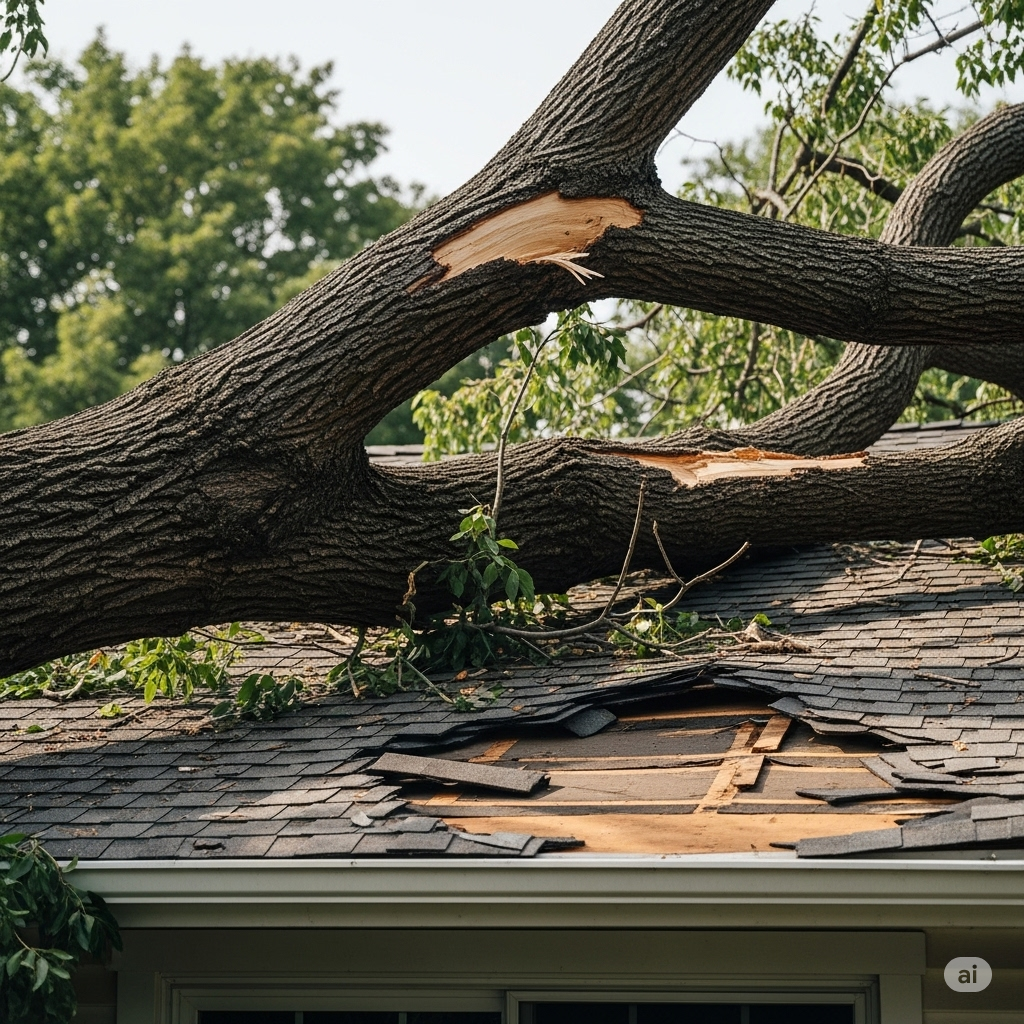In cities and towns across the country, residents are discovering that their tap water may not be as safe as they thought. There is extreme Water Contamination From industrial spills to decades of pollution from so called “forever chemicals,” families are stepping forward quietly building powerful class-action lawsuits. These lawsuits get attention: plaintiffs don’t just get their day in court they are wen meaningful victories.
Why Now? The Convergence Behind Lawsuits
Several key forces are driving this surge of successful litigation:
1. Increasing Public Awareness and Science
- Ongoing studies from the EPA, CDC, NIEHS and independent bodies have confirmed the harmful effects of PFAS (per- and polyfluoroalkyl substances), lead, PFOA, chromium-6, and more
- Communities are now armed with scientific evidence linking contaminants to cancer, thyroid issues, developmental delays and more.
2. Laws: The Clean Water Act & Beyond
- Federal laws such as the Clean Water Act give individuals legal standing to sue polluters for the release of unauthorized contaminants.
- Precedents are being set such as the Frasure Creek case establishing that communities have clear rights to act.
3. Targeted Legal Strategies to Avoid Water Contamination
- Lawyers dig into historical documents, whistleblower testimony and internal memos to prove corporate knowledge of hazards as seen in Hoosick Falls and Toms River.
- Class actions mean power in numbers: aggregation of small claims creates leverage and substantial settlements.
4. Regulators and Public Pressure
- High-profile campaigns from Erin Brockovich to Flint have inspired neighbors and activists to mobilize.
- While federal policy lags behind, local and state agencies are stepping up action.
Remarkable case studies of quiet triumph
Hoosick Falls, NY PFOA settlements
- The case: Residents sued DuPont, 3M, Honeywell and Saint-Gobain over decades of PFOA contamination.
- Result: over $90 million recovery – including a recent $27 million settlement with DuPont for medical monitoring/property loss.
Petersburgh, NY – PFOA Regsoorwinning
- The case: Residents sued Taconic Plastics over PFOA in drinking water.
- Result: A $23.5 million deal including a 15-year medical monitoring fund.
Minnesota (East Metro) – 3M Groundwater
- The case: State sues 3M for PFAS contamination over 170,000 residents.
- Result: A historical $850 million settlement for clearance and water infrastructure.
Clovis, California – TCP Chemicals
- The case: City sues Shell and others over groundwater contamination.
- Result: Jury awards Clovis $22 million to repair TCP infected wells.
Lindsay, CA – Mining Linked Perchlorate
- The case: City vs. SQM fertilizer company.
- Result: $9.5 million to install advanced water treatment infrastructure
Love Canal, NY A cautionary tale
- The case: Early large-scale dumping of industrial waste led to disease.
- Result: paid $25 million; continued discoveries of lingering contamination demonstrate the need for continued vigilance.
Camp Lejeune, NC – Military base water
- The case: Veterans and families filed lawsuits over decades of VOC contamination.
- Result: Multiple claims pending; litigation is proceeding to secure compensation and recognition
What makes these lawsuits work
- Evidence of damage: Elevated blood levels, disease clusters, property devaluation
- Causality linked to defendants: Factories, military bases, industrial dumping
- Regulatory Violations: Discharge Limits, Failure to Warn or Correct
- Group-based approach: Class actions reduce costs and amplify impact
(FAQS) Questions & Answers
1. How do I know if my water is unsafe?
Start with your annual Consumer Confidence Report (CCR), which is usually sent in July. Look for toxins such as lead, PFOA, PFAS, chromium-6, TCP or perchlorate. You can also request well testing or hire a certified lab for independent analysis.
2. What kind of legal action can communities take?
There are three main routes:
- Class Action Lawsuits against polluters for health effects, property damage.
- Clean Water Act citizen suits, which allows residents to sue violators directly.
- Government or administrative claims, as seen in Camp Lejeune and military base lawsuits.
3. Are these cases expensive to bring?
Usually, no most are funded on a contingency basis (lawyers are only paid if they win). Some require a letter of intent filing during early investigative stages, but legal risk is low for plaintiffs.
4. What remedies can communities expect?
Compensatory settlements typically include:
- Medical monitoring funds to track long-term health
- Infrastructure investments: treatment plants, filters, clean wells
- Compensation for loss of property and diseases
5.What about time frames?
These cases often span several years. The DuPont/PFOA litigation in Hoosick Falls took nearly a decade until settlements were reached in early 2025.
How Neighbors Make it Happen
The formation of local environmental or watch groups: Neighbors export water samples and pool data.
Hire independent experts: Scientists, hydrologists, public health specialists.
Partnership with law firms: Many hire specialized environmental law or toxicology lawyers.
Use of media: Local press coverage helps pressure polluters and gather support.
Why Community is quiet but impactful
- Privacy Issues: families may fear stigma or job loss if they are publicly involved.
- Avoid exposure to media: lawsuits can bring unwanted media attention or backlash.
- Strategic litigation timing: many cases lie dormant, with evidence being collected in the background so that settlements are not forced in court.
- Community cohesion: although not always vocal, they work together through organized efforts to win clean water.
Broader implications: What these victories mean for the future
- Corporate liability: Big polluters like 3M and DuPont face real consequences.
- Health precautions: Settlements often bring tests and medical monitoring that did not exist.
- Funding of infrastructure: Multi-million-dollar grants build new treatment systems for small towns.
- Value of evidence: The scientific documentation behind these suits encourages other communities.
- Legal precedent: Each victory paves the way for faster, stronger action in the next community.
Community Checklist: Steps to take if you suspect water contamination
- Request your CCR, or get your water tested.
- Document everything– when the water has changed, disease patterns, unusual smells or colors.
- Talk to neighbors to gauge shared concerns.
- Involve public health experts for health surveys or studies.
- Consult an environmental attorney, ideally on contingency.
- Collect community signatures to support a class action or citizen lawsuit.
- Track progress: reporting, media coverage, updates from your lawyer.
Concluding thoughts
These quiet yet powerful victories prove one thing: communities can win. People who were once resigned to drinking unsafe water are now standing up, suing and securing real compensation both financial and structural.
Each lawsuit forces companies to pay for their mistakes, build accountability and invest in clean water solutions. Collectively, these cases are reshaping how we think about water rights and corporate responsibility.
If you suspect something is wrong with your water don’t wait. Get your community together, seek expert advice and consider action. You are not alone and, as many towns now know, you can win.
#PFAS #WaterContamination #ToxicWater #EnvironmentalLaw #ClassActionLawsuit #CleanWaterAct #WaterPollution #LegalAction #WaterSafety #CommunityHealth #ToxicExposure #WaterLawsuit #EnvironmentalJustice #SafeDrinkingWater #WaterRights #PublicHealth #ContaminatedWater #PFASLawsuit #WaterQuality #LegalHelp







Leave a Reply